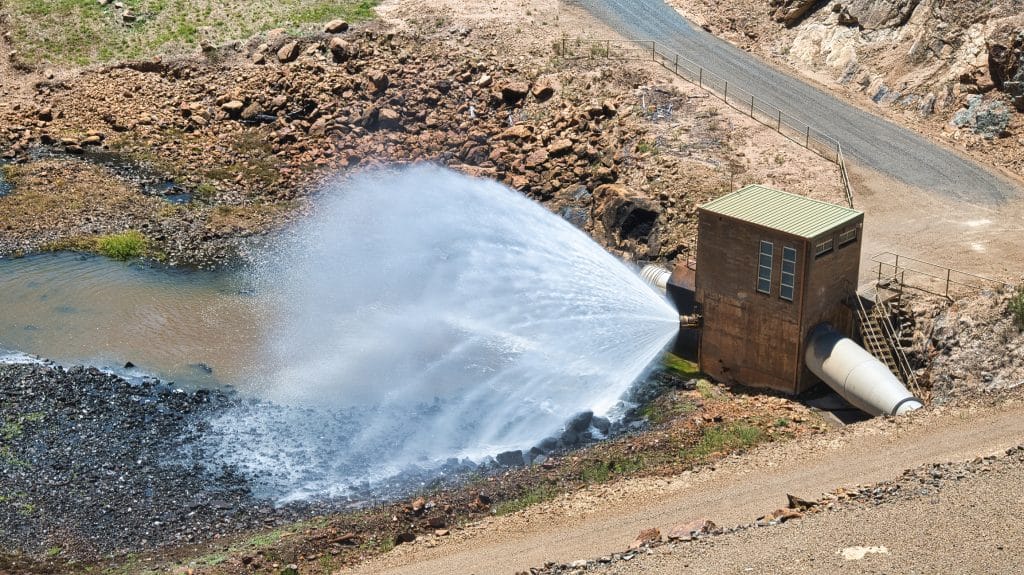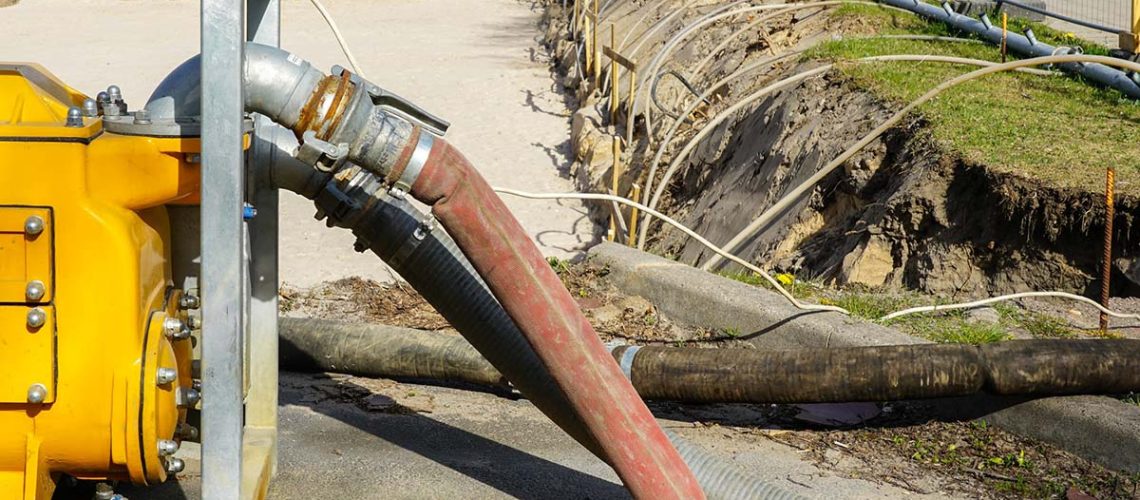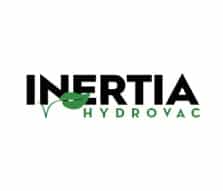
Whether you’re building infrastructure, remediating soil, or preparing land for utilities, water is one of the biggest hidden risks on any site. Unless you control it properly, it seeps, pools, erodes, and delays. That’s where water removal methods like dewatering and pumping come into play.
Both are critical in keeping your excavation dry and safe, but serve different purposes. Picking the wrong one could mean cost overruns, missed deadlines, or regulatory fines. This guide will help you understand the pros, cons, and ideal use cases, so your project stays solid from the ground up.
And if you’re working in Alberta’s ever-unpredictable weather conditions — especially around Edmonton — you’re no stranger to soggy ground. Hydrovac Edmonton projects, in particular, rely heavily on proper water control. These non-destructive excavation jobs need clear, stable soil to be effective. But what type of water removal is the best?
What’s the Difference Between Dewatering and Pumping?
Let’s clarify the terms first.
- Dewatering refers to lowering the groundwater table or removing subsurface water from soil using planned systems such as wellpoints, deep wells, or sump trenches. It’s commonly used when working below grade level, where groundwater might continuously infiltrate the work area.
- Pumping, on the other hand, focuses on removing visible or surface water, such as accumulated rainwater, standing puddles, or flooded pits, using mobile or fixed pump systems.
While both methods remove water, dewatering is typically proactive, while pumping is reactive. Dewatering is often part of the pre-construction planning phase, whereas pumping is more situational and short-term.
Why Choosing the Right Water Removal Method Matters
Water doesn’t just slow down a job site—it reshapes it. Poor drainage can lead to trench collapses, soft subgrades, delayed concrete cures, and structural instability. And it doesn’t stop there: excess water increases safety risks and can result in environmental violations if not handled properly.
This matters even more on hydrovac Edmonton job sites. Hydrovac trucks use high-pressure water and suction to excavate around utilities, pipelines, or tight infrastructure zones. If the area isn’t properly dewatered, the vacuumed material becomes heavy slurry instead of manageable spoil, slowing down the process and increasing disposal costs. Worse, it can result in oversaturation, collapsed trenches, or damage to buried assets.
Choosing the right water removal approach upfront prevents unnecessary headaches later.
When to Use Pumping Over Dewatering
Pumping is best suited to:
- Removing surface water after rain
- Clearing flooded areas during site access
- Draining low spots or manholes
- Flushing trenches before inspections or pours
- Emergency water removal (flooded equipment pads, for example)
It’s fast, cost-effective, and doesn’t require extensive setup. If your project is shallow and the water source is mostly from above ground (not rising from the subsoil), pumping is the way to go.
Depending on site access and water volume, you can use gas or electric pumps. When paired with hydrovac work, pumps can clear the way for efficient digging, especially when prep time is short.
When Dewatering Is the Better Choice
Dewatering is the preferred option when:
- The water table is high and needs to be lowered
- Groundwater continuously seeps into the excavation area
- Long-term excavation is required (multi-week or multi-month projects)
- You’re working on large infrastructure, deep basements, or underground utilities
- The soil needs to remain dry for structural work (like formwork or footings)
Rather than removing water after it enters the work zone, dewatering prevents it from entering in the first place. This helps maintain soil stability and reduces the chance of sudden water surges mid-project.
Key Factors That Affect Your Decision
Soil Type – How Permeability Impacts Water Removal
Soil characteristics greatly influence how water moves and how easily it can be removed.
- Sandy or gravel soils drain quickly, making pumping feasible.
- Clay-heavy soils, common in many parts of Alberta, hold onto water and slow drainage, making mechanical dewatering more reliable.
A geotechnical assessment can help you plan your method based on how your soil will behave when saturated.
Excavation Depth – Shallow or Deep: The Method Matters
- For depths under 1.5 metres, where the water table isn’t a major issue, pumping may be all that’s required.
- For deeper digs, groundwater intrusion is a real risk, and dewatering systems — like wellpoints — help keep the area dry for extended periods.
This decision also depends on how long the excavation will remain open. Temporary exposure may require only short-term pumping, but long-term worksites often require continuous dewatering.
Water Volume – Managing Minimal vs High-Capacity Removal
If the site has a small volume of standing water, a mobile pump and a few hoses may do the trick.
If you’re dealing with high-volume intrusion, particularly groundwater, a larger-scale solution is needed — something that can run 24/7 and adapt to changing moisture conditions.
Site Constraints – Physical Limitations That Influence Your Choice
Some job sites, especially in urban centres like Edmonton, offer very little room for setup. In these cases:
- Pumping is easier to deploy in tight spaces
- Dewatering systems may require trenching or wellpoint installations, which can be challenging in congested zones
Hydrovac services and compact pumping systems can work together to maintain access and efficiency.
Regulations and Permits – What You Need to Know Before Starting
Water disposal isn’t just a logistics issue — it’s a regulatory one. Discharging water into storm drains, catch basins, or open land without treatment can lead to fines and site shutdowns.
Ensure your method includes:
- Filtration or sediment removal before discharge
- Proper containment for contaminated groundwater
- Discharge permits, if required by the municipality or provincial regulations
An experienced contractor, such as Inertia Hydrovac, will guide you through this process.
A Side-by-Side Comparison of Dewatering vs Pumping
| Feature | Dewatering | Pumping |
| Main Purpose | Groundwater control | Surface water removal |
| Typical Duration | Long-term | Short-term |
| Excavation Suitability | Deep or long-term digs | Shallow or emergency response |
| Setup Requirements | Higher (wells, trenches, power) | Minimal (portable pump units) |
| Soil Compatibility | Best for clay-heavy, fine soils | Best for sandy or gravel soils |
| Water Volume | High/intrusive water table | Low to moderate surface water |
| Cost | Higher upfront, efficient long-term | Lower cost, rapid deployment |
| Risk of Re-flooding | Minimal (prevents entry) | High (water may return) |
What Can Go Wrong If You Choose the Wrong Method?
Erosion and Soil Collapse – The Risk of Inadequate Water Control
Without proper dewatering, excavation walls can weaken. A sudden water inflow can lead to trench collapse, posing a safety hazard to crews and increasing the chance of delays and rework.
Structural Rework – When Foundations Fail from Wet Ground
Wet soil reduces bearing capacity. Pouring concrete over saturated ground can cause uneven settling or cracking. When dewatering is needed, choosing pumping can result in foundation failure, which means time-consuming (and expensive) rework.
Environmental Fines – Improper Discharge Can Cost You
Whether discharged from pumps or well points, untreated water, mainly if it contains sediment, hydrocarbons, or metals, can’t be dumped just anywhere. Failing to manage water properly can result in regulatory penalties and project shutdowns.
Delays and Equipment Failures – The Price of an Underpowered Setup
If the chosen method can’t handle the water volume, expect frequent pump clogs, lost time, and stressed crews. This is especially frustrating during Alberta’s freeze-thaw cycles or sudden spring melts, when water volumes can spike unexpectedly.
How to Select the Best Method for Your Project
Understand Your Site Conditions
Assess your soil, water table, and expected weather conditions before anything else. Inertia Hydrovac can provide field assessments or coordinate with your geotech team to deliver the right plan from day one.
Involve a Professional Early
The earlier you get water removal experts involved, the better your results. Many project delays stem from planning dewatering or pumping after excavation begins. A professional will help integrate water control and excavation, especially where hydrovac Edmonton services are required.
Consider Hybrid Solutions
It’s not always one or the other. Many successful projects combine both methods:
- Use pumping for surface runoff during initial site prep
- Deploy dewatering for groundwater control during deep excavation
- Use a hydrovac to perform safe, non-destructive digging once conditions are stable
This approach keeps your site dry, safe, and on schedule.
Final Thoughts
The choice between dewatering and pumping may seem technical, but it has a very real impact on your schedule, budget, and site safety. Water control isn’t a side issue on excavation-heavy projects involving hydro vac Edmonton services — it’s a strategic priority.
At Inertia Hydrovac, we understand the full picture: soil behaviour, water flow, environmental compliance, and operational efficiency. We work with contractors, engineers, and site managers across Alberta to create customized, effective water management plans that support progress, not hinder it.
Need help choosing the right solution for your site? Reach out today for a consultation. We’ll assess your conditions, explain your options, and deliver a plan that works.
Inertia Hydrovac is Alberta’s premier hydrovac excavation service partner, providing western Canada with ground-breaking local leadership since 2014. With locations in Calgary and Edmonton, Inertia Hydrovac offers hydrovac, vac truck, dewatering/jetting, and material disposal services trusted by utility, construction, environmental, and oil & gas businesses across the province.
Focusing on safety and efficiency, Inertia Hydrovac has become synonymous with excellence in non-destructive ground disturbance. Call dispatch today at (587) 757-1000 for Calgary or (587) 596-2224 for Edmonton.


